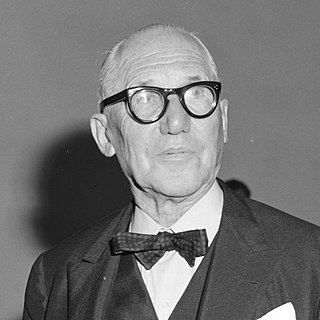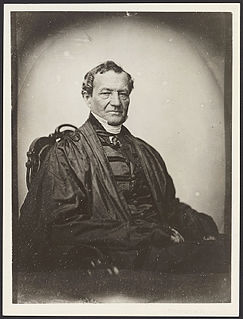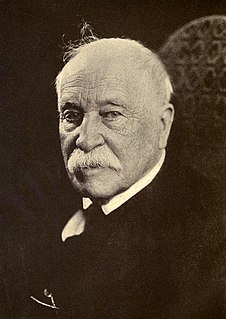A Quote by Frank Lloyd Wright
Wood is universally beautiful to man. It is the most humanly intimate of all materials.
Related Quotes
There is nothing more humanly beautiful than a woman's breasts. Nothing more humanly beautiful, nothing more humanly mysterious than why men should want to caress, over and over again, with paintbrush or chisel or hand, these oddly curved fatty sacs, and nothing more humanly endearing than our complicity (I mean the complicity of women) in their obsession.
The fact is that the beautiful, humanly speaking, is merely form considered in its simplest aspect, in its most perfect symmetry, in its most entire harmony with our make-up. Thus the ensemble that it offers us is always complete, but restricted like ourselves. What we call the ugly, on the contrary, is a detail of a great whole which eludes us, and which is in harmony, not with man but with all creation. That is why it constantly presents itself to us in new but incomplete aspects.
We divorced ourselves from the materials of the earth, the rock, the wood, the iron ore; we looked to new materials which were cooked in vats, long complex derivatives of urine which we called plastic. They had no odor of the living, ... their touch was alien to nature. ... [They proliferated] like the matastases of cancer cells.
There's a real hunger to understand where objects come from, how artists show their understanding of materials. And there's something fascinating about watching people work, whether it's someone engraving a gun or sewing beautiful clothes together. I know that myself; I'll make a piece of furniture and feel the wood's grain talking to me.
I don't think I'm wrong when I say that the most beautiful objects of the "stone age" were made of skin, fabric, and especially wood. The "stone age" ought to be called the "wood age." How many African statues are made of stone, bone, or ivory? Maybe one in a thousand! And prehistoric man had no more ivory at his disposal than African tribes. Maybe even less. He must have had thousands of wooden fetishes, all gone now.
Black was bestlooking. ... Ebony was the best wood, the hardest wood; it was black. Virginia ham was the best ham. It was black on the outside. Tuxedos and tail coats were black and they were a man's finest, most expensive clothes. You had to use pepper to make most meats and vegetables fit to eat. The most flavorsome pepper was black. The best caviar was black. The rarest jewels were black: black opals, black pearls.








































